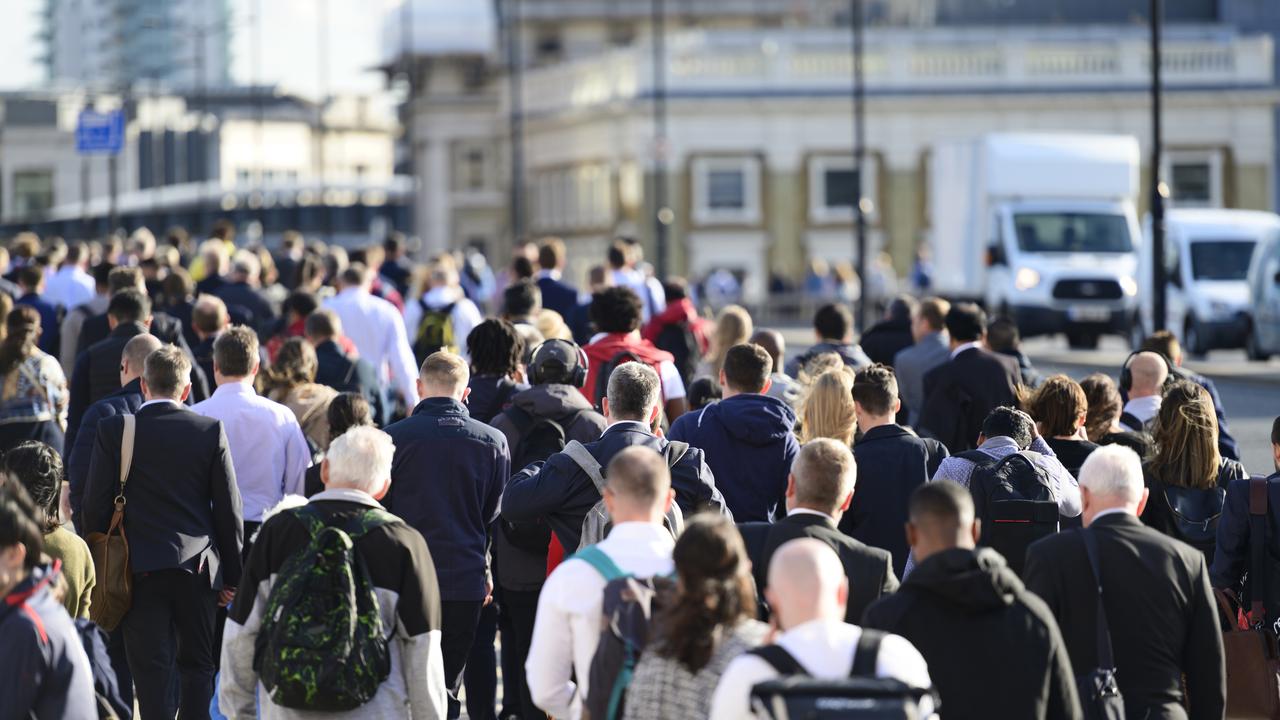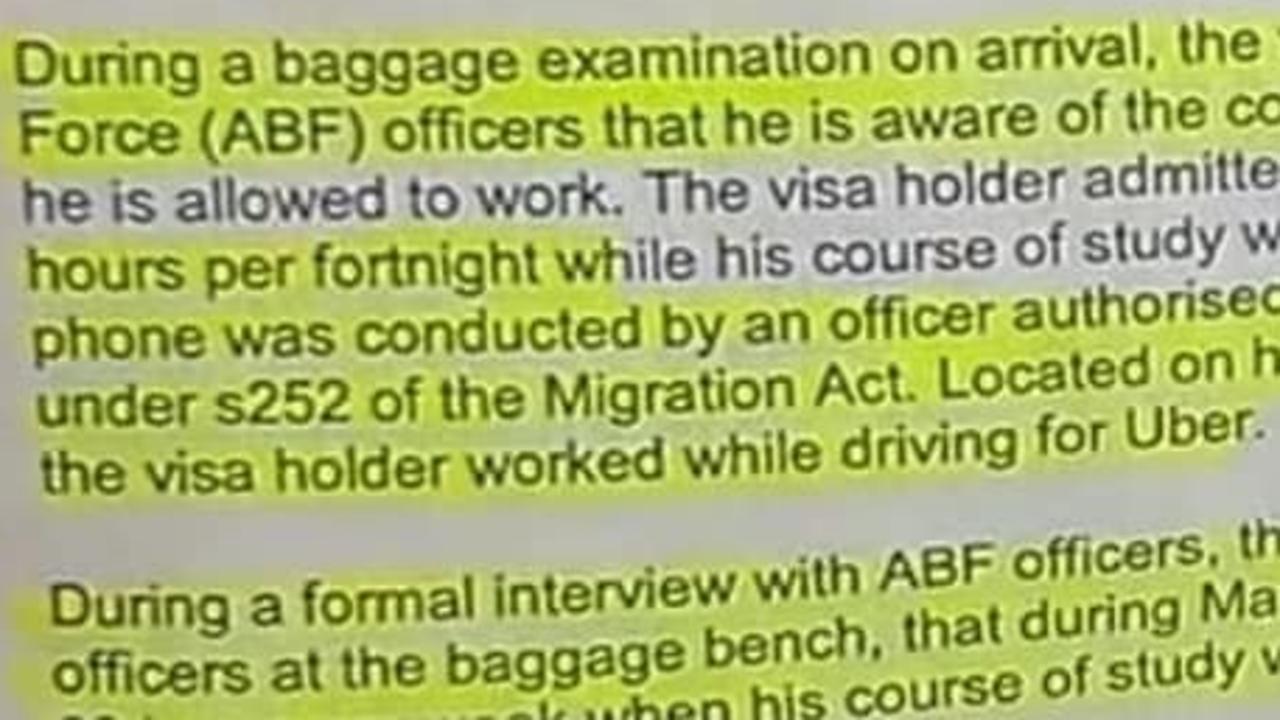‘Stark’: The worst places across Australia for the gender pay gap
“Stark” findings in a new report shows that living in different parts of Australia can leave people worse off when it comes to this serious issue.

Work
Don't miss out on the headlines from Work. Followed categories will be added to My News.
As Australia’s gender pay gap has barely budged in recent years, there needs to be a huge push to change gender stereotypes – such as men work in construction and women in caring roles – to bring about workplaces that are more equal in the future.
That’s the view of director of the Workplace Gender Equality Agency Mary Wooldridge as the government agency she heads has released a new report revealing the alarming gender pay gap that continues to persist in Australia.
New data showed that men are paid a whopping $25,792 more than women in Australia, but also revealed where gender inequality is hurting most.
Western Australia has the biggest pay gap across the country coming in at a massive 26.8 per cent and soaring to 32.1 per cent if bonuses, overtime and other discretionary pay are included, the latest report from the Bankwest Curtin Economics Centre (BCEC) and the WGEA found.
In New South Wales, Queensland and the Northern Territory, the gender pay gap for base salary sits between 18.8 per cent and 19 per cent, with Victoria slightly lower at 18.6 per cent.
Tasmania has the lowest pay gap in base salary compared to all other states and territories at 11.3 per cent.
Want to stream your news? Flash lets you stream 25+ news channels in 1 place. New to Flash? Try 1 month free. Offer ends 31 October, 2022 >

Role reversals desperately needed
The report has called for women to work in more traditionally male-dominated sectors such as mining, manufacturing, science and technology and importantly for men to take up roles in traditionally female-dominated sectors to help close the gap.
“I think its important. We have very low unemployment and we have a tight labour market and employers are looking for workers and are trying to fill the roles, yet we have a highly gendered segregated workforce,” Ms Wooldridge told news.com.au.
“The fact that we are excluding 50 per cent of the population is a real lost opportunity.”
But she believes the change also needs to start much earlier – with our children.
“We need to think more broadly about how gender stereotyping is influencing kids from an early age and remove those stereotypes,” she said.
“Changing gender stereotypes may be a generational objective and it won’t happen overnight but it can be sped up. But we need to have a long term plan on this and to keep working on it.
“It’s not going to go away but it’s really worth the effort that it will take to ensure our workplaces are more equal in the future.”
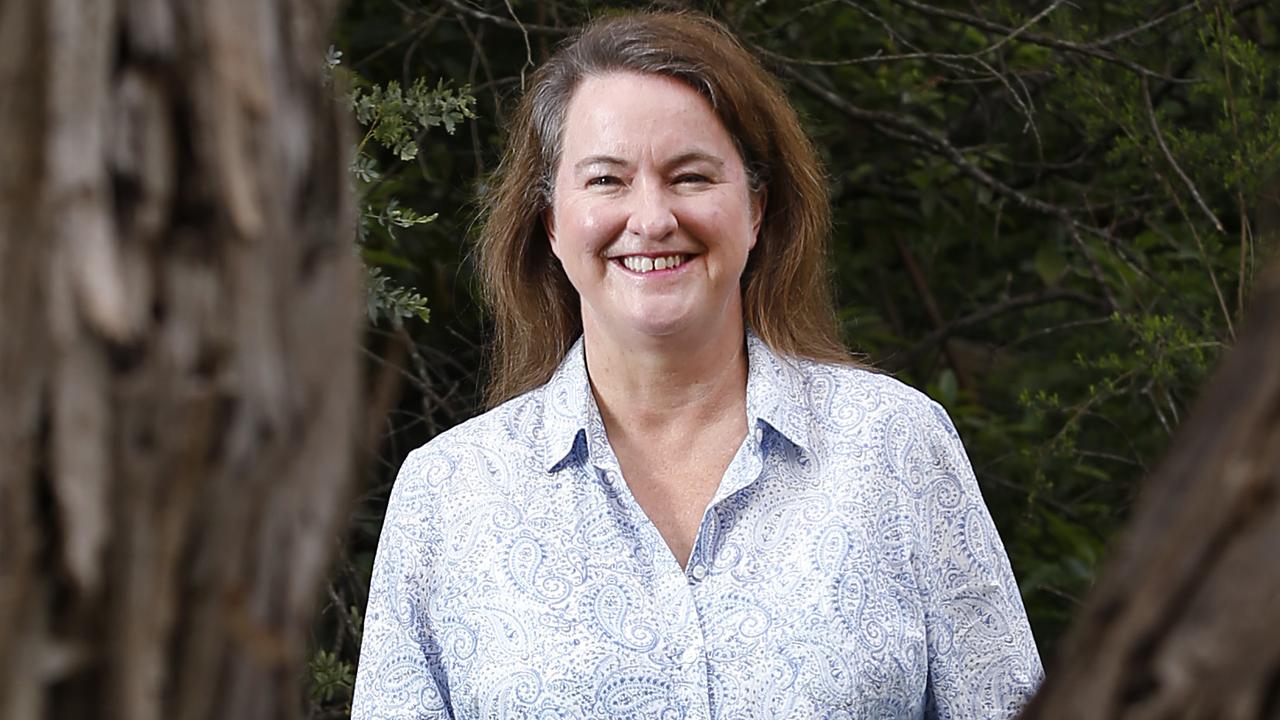
Professor Alan Duncan, report author and BCEC director, said the gender pay gap was wider in states where more men were employed in higher paying jobs in male dominated industries, such as mining and construction.
“We also found women made up a lesser percentage of the workforce for key industries in those states, including only 16 per cent of the construction sector workforce in WA, compared to 31 per cent in Victoria and 27 per cent in New South Wales,” he said.
“On the other hand, we found women made up 80 per cent of the workforce in the health care and social assistance sector, and two thirds of workers in the education and training sector. The evidence indicates that women don’t have the same opportunities to earn higher wages as their male colleagues.”
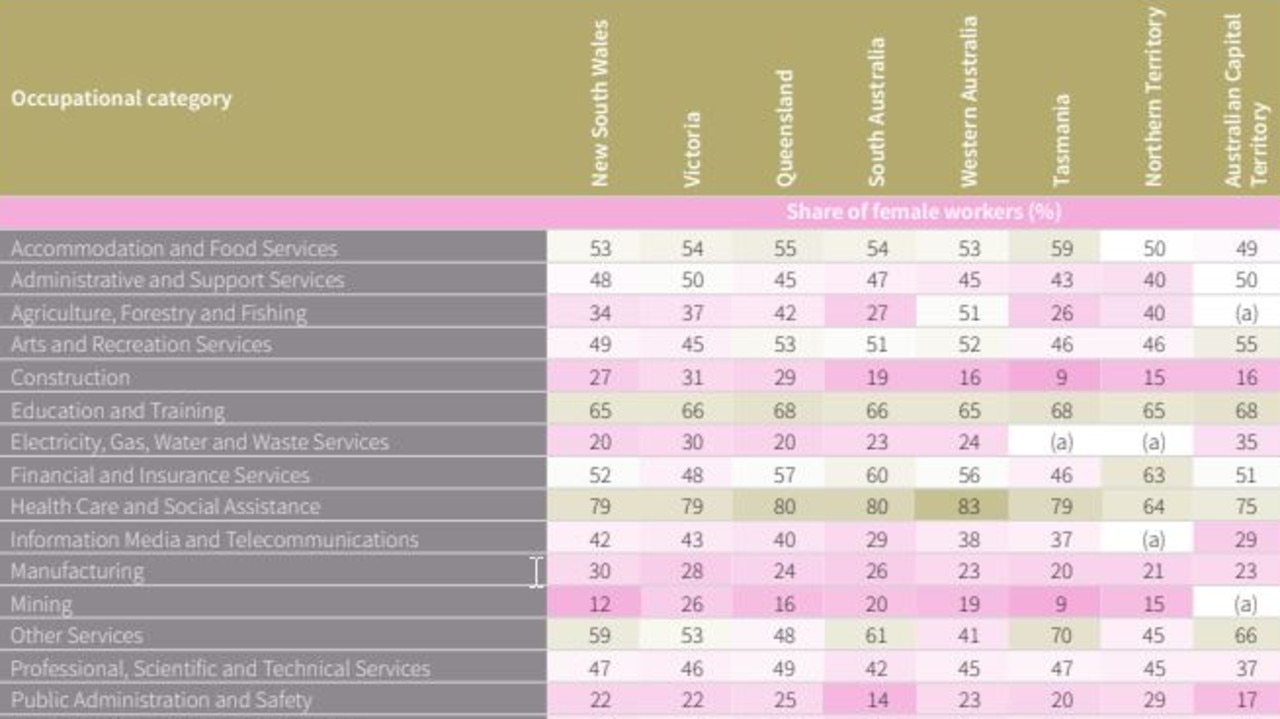
Men earning six-figures while women left behind
Women working in very remote areas are also being penalised with the average $112,200 salary for a man, nearly $17,800 higher than for females working in the same areas.
For people working in major cities of Australia, the gender pay gap is around 19 per cent.
However, the gender pay gap rises steadily to 28.2 per cent for those working in remote areas, and to 29.3 per cent for workers in very remote parts of the country.
Ms Wooldridge said being able to confirm what they had long suspected – “how starkly” the gender pay increases for remote women is a “cause for concern”.
“One of the things is there is often limited employment opportunities and fewer employers and choice and it goes very much to the heart of our gender segregation issues and that we need employers to think more creatively about how they can employ both men and women in business in regional and rural and remote Australia,” she added.
Meanwhile, its bleak news for women in management roles where the gender pay gap sits at around 10 per cent before the age of 30, but rises consistently to a pay gap of 25 per cent by the age of 50, and to 30 per cent at retirement age.
Meanwhile, the average gender pay gap for non-managers rose progressively to just over 20 per cent by the age of 50, but actually moderates at later ages.
One reason for the greater gender pay gap by age for managers comes from the fact that women don’t have the same access to discretionary pay as men, the report found.
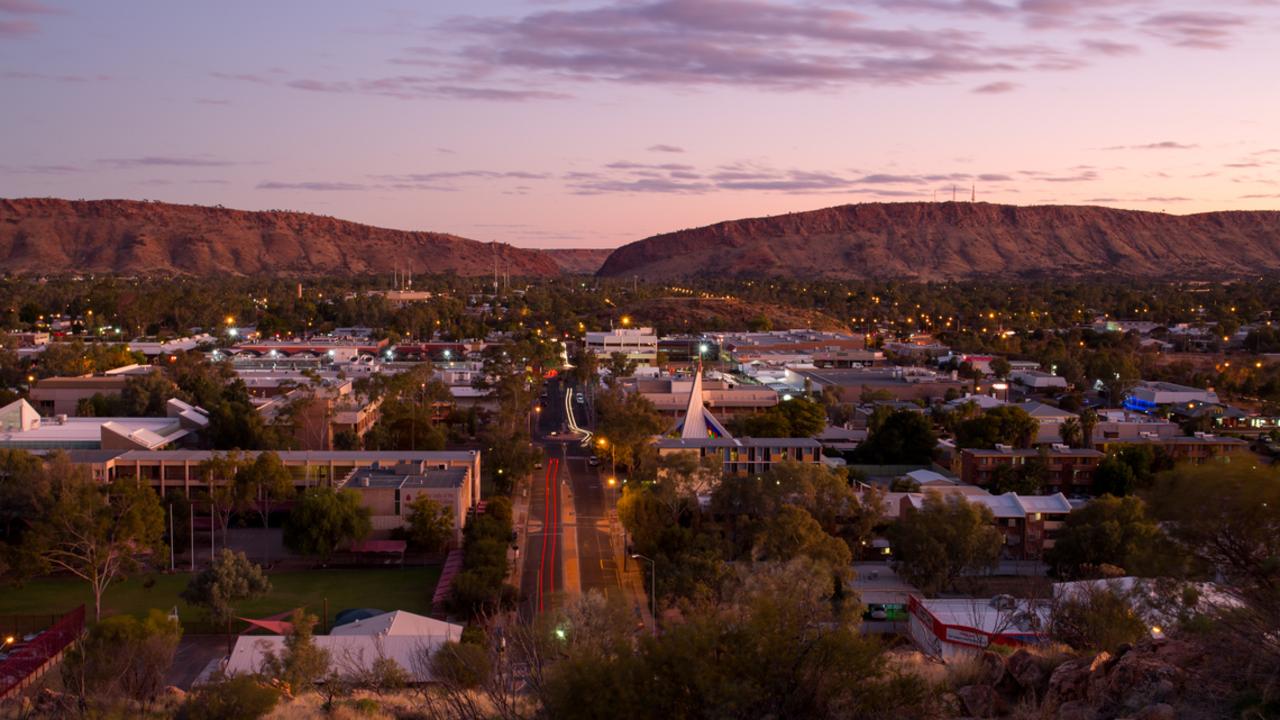
Alarming pay gaps in different industries and roles
The report showed that renumeration for women and men in the construction sector splits from the age of 20, with the construction gender pay gap rising to more than 35 per cent beyond the age of 45.
In contrast, the gender pay gap in education and training favours women up to the age of 30 but after that the it soars to 20 per cent between males and females by the age of 55.
In medical services and pathology and diagnostic imaging services, the gender pay gaps rise beyond 40 per cent for workers in their early 50s.
The report’s co-author Dr Silvia Salazar, also from BCEC, said it was concerning women were impacted depending on what industry they worked in, the region where they worked and what age they were, compared to men.
“The data shows that gender pay gaps increased for older age female workers, as well as for women working in remote and very remote areas across Australia,” Dr Salazar said.
“These findings raise some important questions about the value that businesses put on the work and contributions of women in older age cohorts compared to men at the same age.
“It is inevitable that gender pay gaps will persist if more women continue to work in lower paid industry sectors and jobs, and men are employed in higher concentrations in sectors that pay high salaries.”
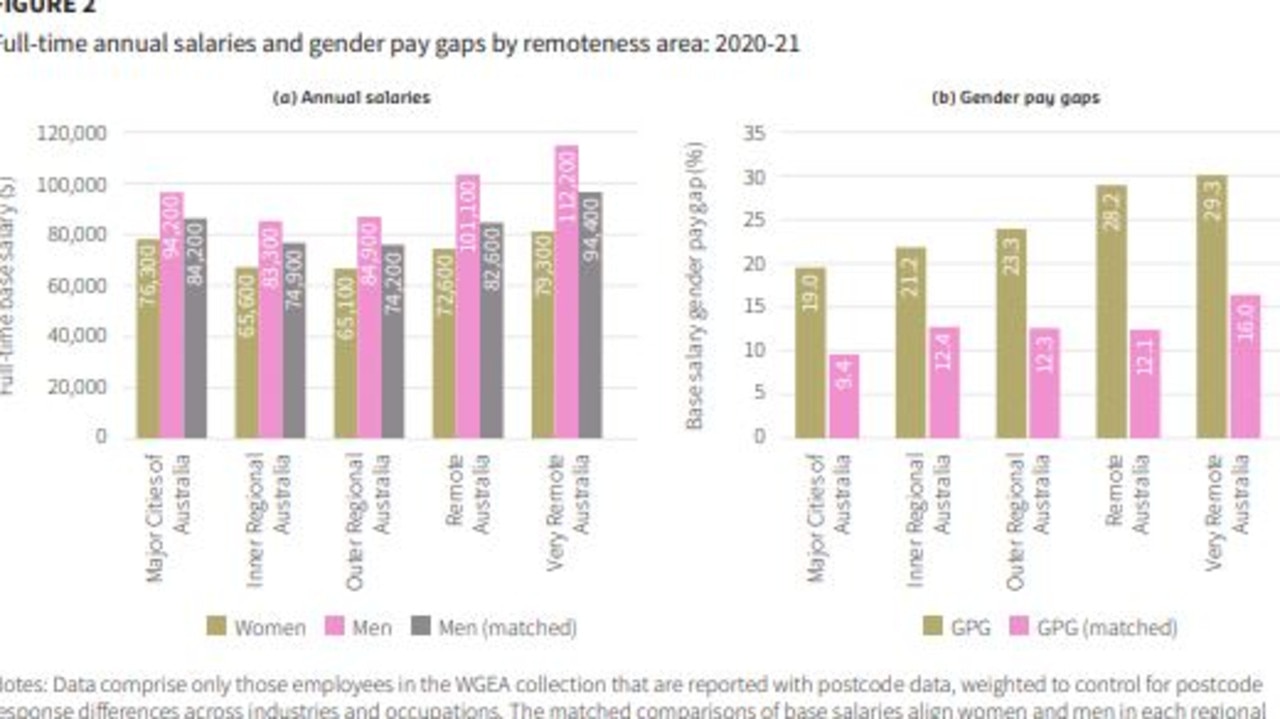
Desperate change needed
To shift the gender pay gap, there is a desperate need for a change up in the split of women and men working in various industries.
The analysis found Australia’s gender pay gap would fall from an estimated 23.3 per cent to 15.6 per cent if a 40:40:20 gender concentration – 40 per cent women, 40 per cent men and 20 per cent any gender – was achieved across all industries and occupations.
Professor Duncan added that the gender balance needs to be addressed in both directions.
“We need to see an increase in the share of women in leadership positions from CEO through to executive manager, in roles in the professional, scientific, technical and trades sectors, and a rise in the share of men working in health, community and social services,” he said.
“We also need to reflect on whether the salaries paid to health care, social assistance and community sector workers adequately reflect the true value of their contribution to society.”

But Ms Wooldridge is optimistic that there is turning point right now in Australia when it comes to addressing the gender pay gap.
“We have got many motivated employers who are already taking initiatives or thinking through how they can make changes and a broader environment with a government that is driving change in this area as well,” she said.
“I think the combination is there and there is real momentum for change.”
However, she said its critical for senior executives and CEOs to address to committing to gender inequality in the workplace and embed plans into their corporate strategy, rather than making it a “side issue”.
“Leadership is critical and that is the quickest way to get change. Companies setting targets at the board and CEO level to fundamentally shift the gender pay gap and publicly reporting against it and having accountability and having that change happen,” she noted.
Originally published as ‘Stark’: The worst places across Australia for the gender pay gap







